
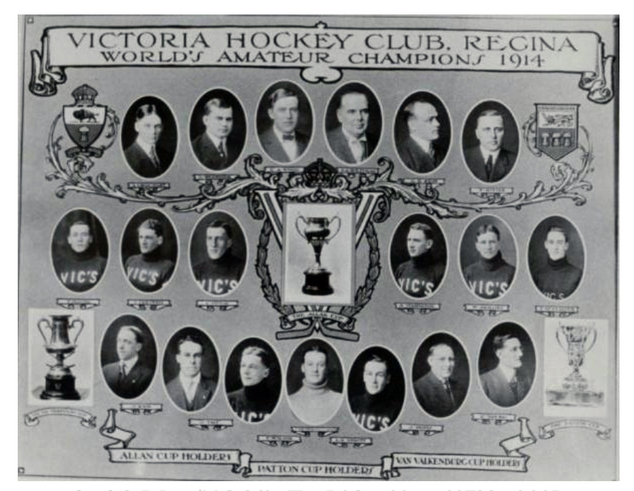
World’s Amateur Champions 1914 ~ Allan Cup Holders ~ Patton Cup Holders ~ Van Naikenberg Cup Champions
Front Row: J. Kain, J.Tait, Fred Wilson, J. Brown (physical instructor), Lyman Abbott, J. Potts, C. Young
2nd Row: Frank Mastel, Austin Creswell (captain), Charlie Otton, Alvin Hammond, Walter Molisky, Fred McCulloch
3rd Row: A. Urquhart, G. Woolside, C.A. Wood, J.A. Westman, G.B. Reid (manager), F. Ritter
http://www.saskhockeyhalloffame.com/images/2013_inductees/Bios/1914_Regina_Victorias_-_Team_Bio.pdf
Naturally, Abbott heard the call [to war], as did many of his teammates from that 1913-14 team, including goaltender Fred McCulloch, defencemen Charlie Otton and Austin Creswell, who was the team captain, and rover Freddy Wilson. ...
Late in 1918, [teammate] Joe Potts started a fund-raising drive, the result of which would be the Abbott Memorial Cup, which for years would go annually to the champion of western Canadian junior hockey. When the subscription drive started, the first name on the list was Lyman Potts ($10). The second name was that of Lieut. Austin Creswell, the captain of the 1914 Victorias.”
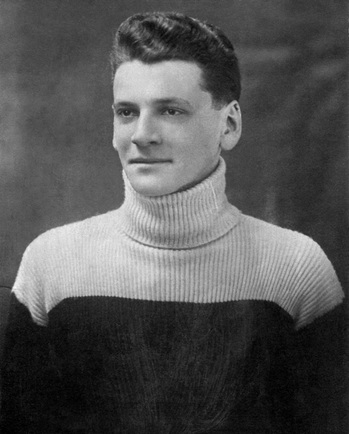 Arthur Austin CRESWELL in hockey jersey, c1910
Arthur Austin CRESWELL in hockey jersey, c1910perhaps when he played amateur hockey
for the Shamrocks Hockey Team in Regina Saskatchewan
Photo courtesy of Stordy Family Tree by CollectiveRoots, ancestry.com
Austin only had two brothers although he was the ninth of ten children born to Harry Compton CRESWELL and Margery Ann BELL. Both his parents were also born in Prince Edward Island. His grandparents Robert CRESWELL and Catherine COMPTON were married there after immigrating from Hampshire England. The family name has also been spelled CRASWELL, especially in previous generations.
Austin spent most of his childhood in Prince Edward Island, and likely learned how to play hockey on outdoor rinks as a child. By 1905 his family had moved to the prairie province of Saskatchewan, in or near Regina. He joined the Regina Shamrocks Hockey Team who earned the title of Amateur Champions of Saskatchewan for the 1910-11 season. By the time of the 1911 census he was living with his parents and younger brother Fred in Assiniboia, quite a distance to the south west. This location must have been short-lived because by 1912 Austin was back in Regina playing cover for the Regina Bees.
Late that September and only about 6 weeks after his stint in the trenches began, Austin was wounded when a rifle bullet shattered a bone in his right forearm. He was evacuated to England on 29 Sep 1916, then granted leave on 29 Nov 1916 due to his disability. He arrived back in Canada on December 8th, taking up residence in Regina. It is noteworthy that the 1916 Canada census lists Arthur Austin living with his sister Winifred and family in Regina in June of that year, although he was obviously in Europe at that time. Once back in Canada his wound continued to be monitored and he received massage therapy for his injury. On 5 May 1917 he was listed with the 9th Saskatchewan Rifles, part of the Canadian Defense Force (CDF). His medical exam on 13 Aug 1917 in Regina declared him fit for duty but he didn't leave Canada again until 17 Nov 1917 with the Regina Divisional Cyclist Platoon. Early in 1918 he was posted to the 15th Reserve Battalion, and then to the Saskatchewan Regimental Depot on 15 Feb 1918. Two days later he was seconded to the Royal Flying Corps, and assigned to the 24th Squadron from 5 Oct 1918 to 26 Jan 1919 as a flying officer in their "B" Flight.
Of course the war officially ended in Nov 1918, but there was still so much work that needed doing in the aftermath. But again Austin was sidelined, becoming "dangerously ill" with the influenza and pneumonia in Feb and March 1919. Fortunately he recovered in time to undergo three operations in May, in part to reset the bone in his injured arm, recovering in the Red Cross hospital in London until 7 June 1919. Finally he set sail for Canada on 11 Jul 1919 aboard the SS Cedric and was demobilized on 25 Jul 1919. Austin was now about 27 years old and single.
"After the war [Austin] returned to his hockey career--was signed to play for Los Angeles on the first artificial ice there. Remained in the U.S. Had a laundry business in Redding and other places."
Austin moved to the States about 1925, and by 1930 he was working as a service station salesman in Kelso, Washington. He was still single and renting a room on Pacific Avenue from a coworker. But by 1935 he had married Lorena and they were living in Tacoma WA where he was a service station manager. I do not yet know her maiden name. They moved to Eugene Oregon for a brief time, and by the 1940 census had moved again to Spokane WA, having landed a job as a "promotional man" for an oil company. By 1841 they were living in Seattle, and his job with Richfield Oil Company (based in Los Angeles) had him crossing the border into Canada on at least a couple of occasions. Austin's 1942 WWII draft card says they were living then at 316 East Harrison in Seattle. In 1944 Austin petitioned to become a naturalized US citizen, and in 1945 they were back living in Tacoma.
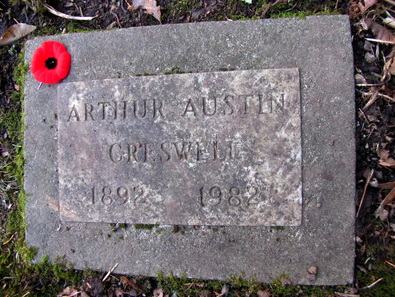 Gravestone of Arthur Austin CRESWELL
Gravestone of Arthur Austin CRESWELLRoyal Oak Burial Park,Victoria BC
Austin died at the age of 90 on 18 Sep 1982 at the Royal Jubilee Hospital in Victoria. His first wife's ashes were moved to a shady corner at the Royal Oak Burial Park where there was room for Austin's ashes to be buried beside her. The gravestones for cremation vaults are small and there is no room to mention his sporting achievements nor his service in the great war. I'm sure the poppy I left stuck in the ground at the corner of his gravestone will not last long. While this story is not etched in stone either, it hopefully provides a fitting memorial to this lovely man and his life.
Hockey Stats (Updated 15 Jan 2019)
Additional information on Austin's hockey career has come to light, with thanks to Alan MacLeod, Victoria author of "From Rinks to Regiments: Hockey Hall-Of-Famers and the Great War". Although Austin isn't one of the 32 hockey players covered in his book, Alan was kind enough to access Austin's hockey stats by subscription on the Society for International Hockey Research (SIHR) site. Austin did indeed play professional hockey after the war, ending his hockey career in 1928-29 with the San Francisco Seals. Here are the details:
Name: Austin (Arthur) Austin Creswell - AKA Cresswell, Carswell
Born : June 21, 1892 - Summerside, Prince Edward Island, Canada
Died : July 18, 1982 (age: 90)
Height: 5,10 / 177.8 cm
Season |
Team |
Tournament |
GP |
G |
A |
P |
PIM |
1911-1912 |
Regina Seconds |
Allan Cup |
1 |
1 |
|
1 |
|
1913-1914 |
Regina Victorias |
Allan Cup |
2 |
4 |
4 |
2 |
|
1922-1923 |
Vancouver Young Liberals |
Allan Cup |
8 |
4 |
3 |
7 |
6 |
REFERENCES and FURTHER READING
Regina Shamrock Hockey Team, Amateur Champions of Saskatchewan 1910-11 - “Hockey heritage: 88 Years of puck chasing in Saskatchewan” - book shared on our roots site
Regina Victoria Hockey Club - Saskatchewan Sports Hall Of Fame site
Hick Abbot, The Story of a War Hero - Austin's teammate
Arthur Austin CRESWELL, WWI Military File - Library and Archives Canada (LAC) site
"52 Ancestors" is a reference to the "52 Ancestors in 52 Weeks" challenge I am participating in.
Reference the No Story Too Small blog by genealogist Amy Johnson Crow for more details.
It is giving me the much needed incentive to write and publish my family stories.
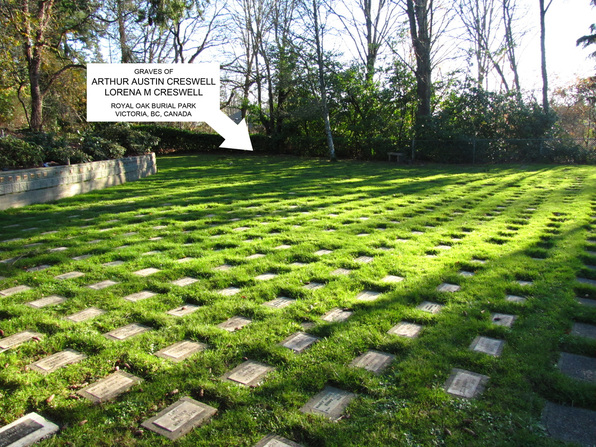
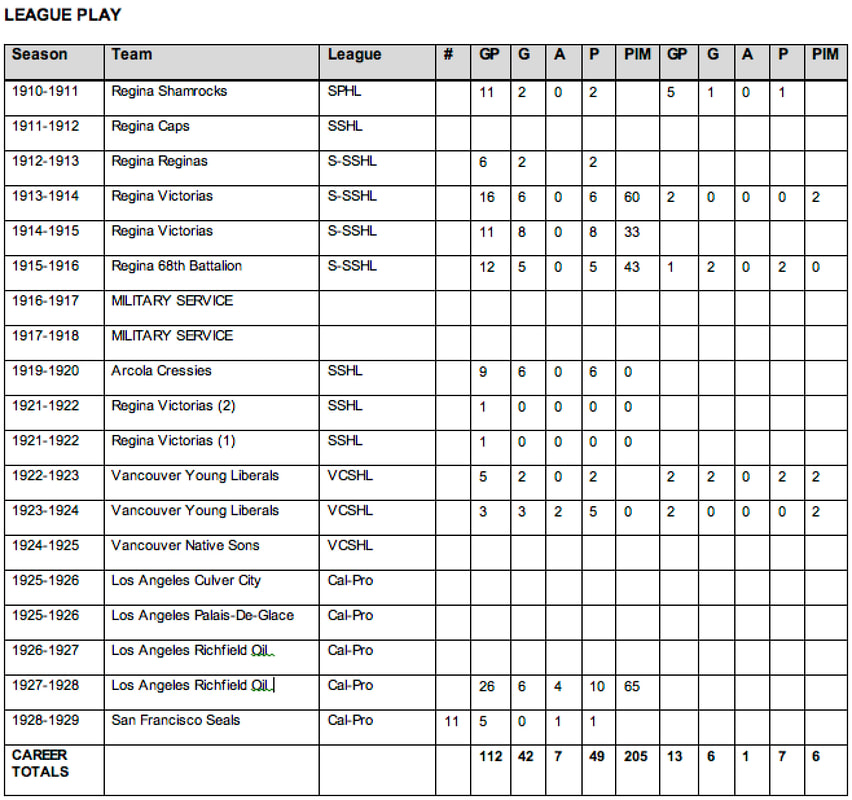
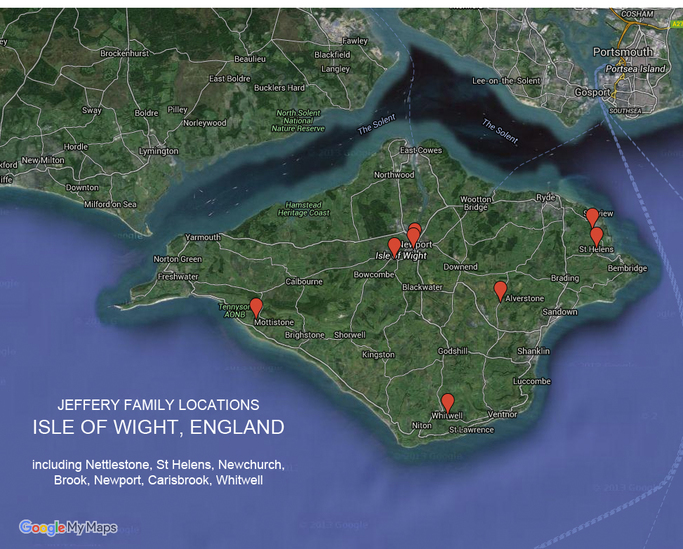
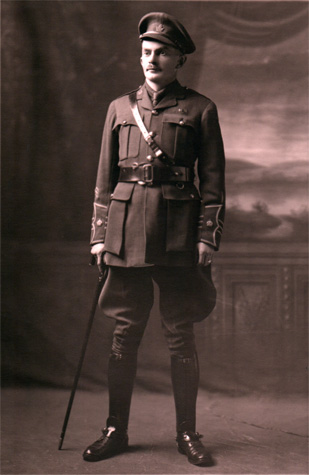
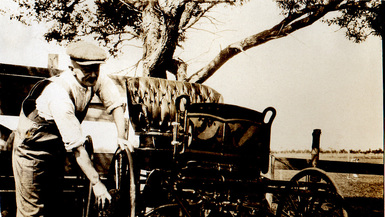
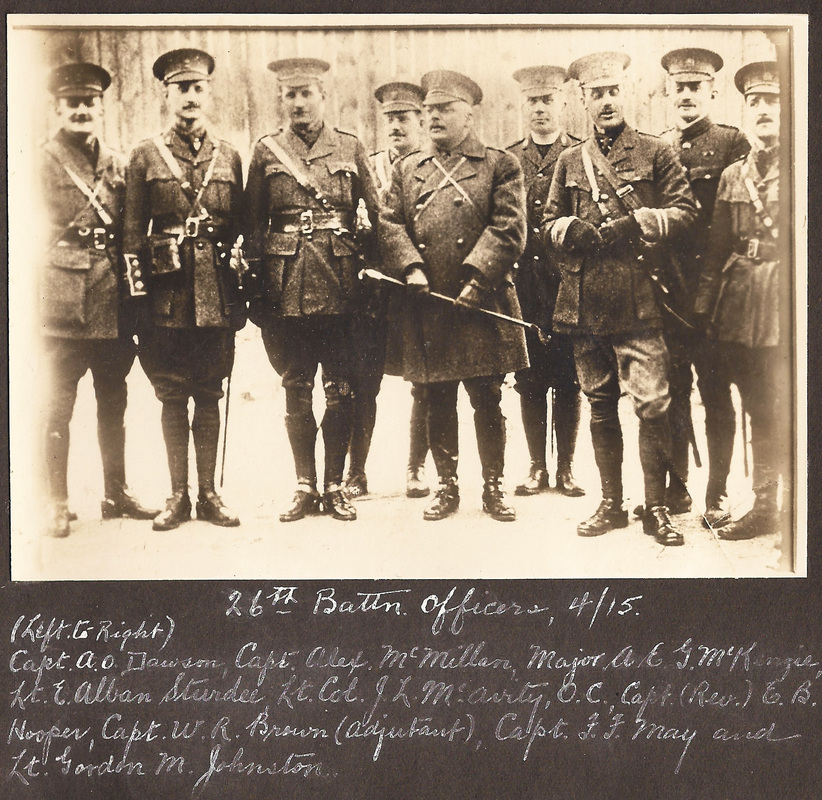
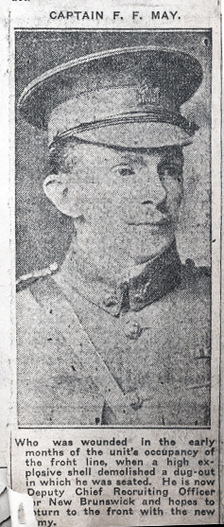
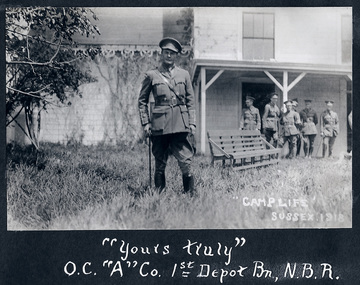
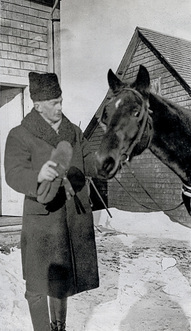
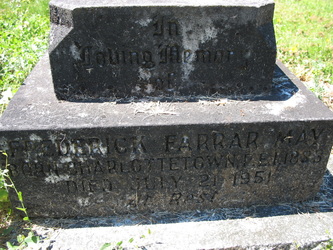

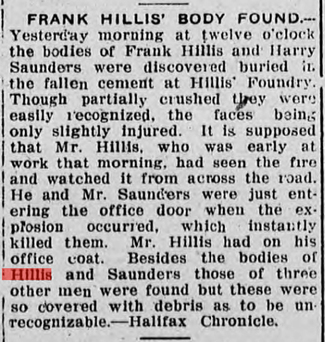

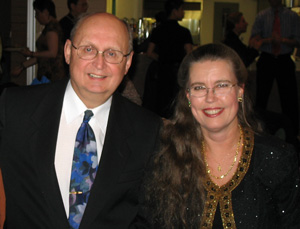
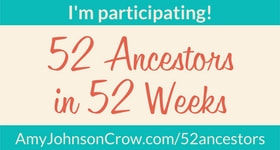
 RSS Feed
RSS Feed
